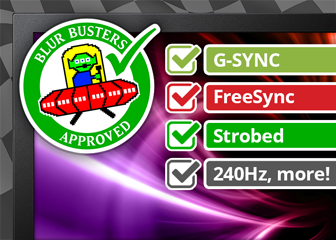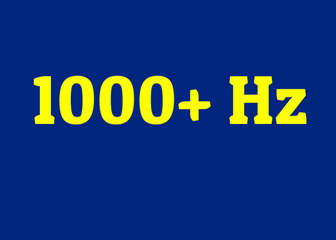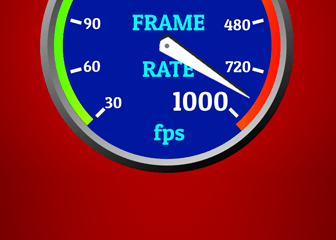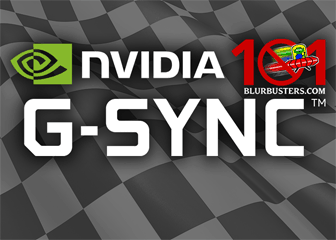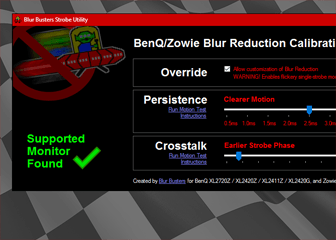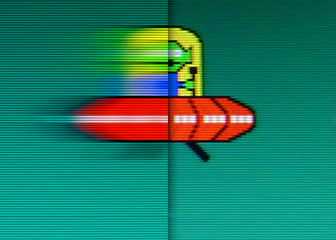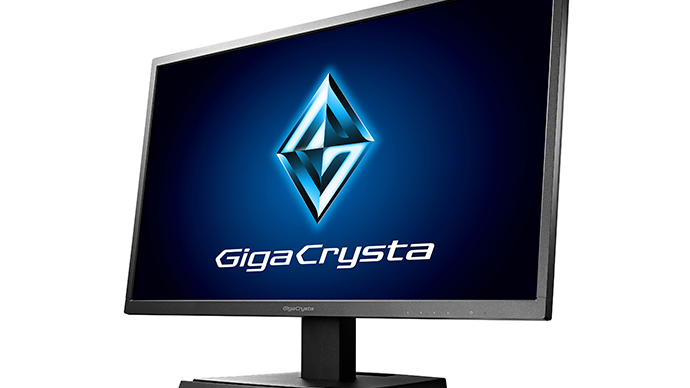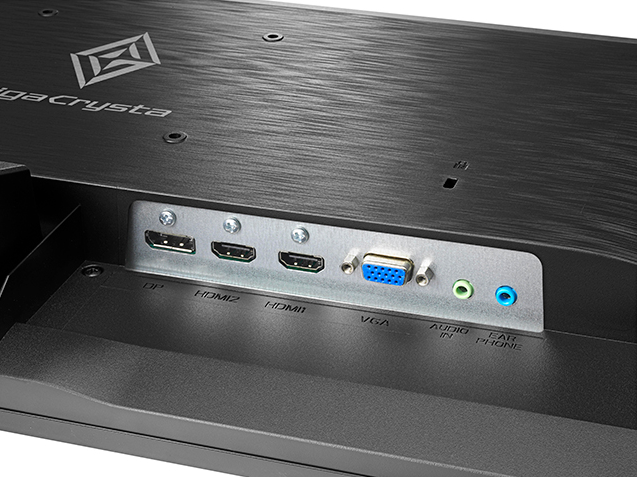Three new gaming displays were just announced by IO Data, with the top model supporting 240 Hz refresh rate at 1920 x 1080 resolution.
Their model names are EX-LDGC251UTB, LDGC241HTB2 and EX-LDGC251TB and offer 240 / 144 / 60 Hz refresh rates, respectively, at an affordable $142 to $380 USD price range.
These are all 24 or 24.5 inch brand new TN panels capable of 10-bit (8-bit + FRC) with a 0.6ms to 0.8ms response time, which is certainly respectable (and even necessary) to improve 240 Hz and higher refresh rates.
TN panels are also getting better all the time and even supposedly competitive with IPS in terms of colour reproduction at least, if not viewing angles. The native contrast ratio here is 1000:1 which is acceptable for a TN display, although HDR performance will be limited as a result of this.
The max brightness is 400 nits on the top model which limits HDR rendition. While I’d normally advise dimming the lights when watching HDR content on lower-brightness monitors, IO Data has included dark scene compensation tone mapping modes, and low latency inputs, to make everything look clear out of the box.
They have DisplayPort and either two or three HDMI 2.0 inputs (the LDGC241HTB2 has three).
What’s interesting is that these monitors offer HDR10 decoding but no variable refresh rate (VRR) technologies.
Normally, low-priced LCD gaming monitors at least support FreeSync for VRR. This requires you have an AMD video card or the XBOX One console.
It is not known at this time whether they have low-persistence backlight modes, like ULMB, so might be a good option if you prefer low motion blur to smoother VRR frame pacing.
However, sub-1ms GtG pixel response times are excellent for motion blur reduction strobe backlight modes (for low MPRT numbers) because of the need to squeeze GtG pixel response times in the dark period between backlight flashes. So sub-1ms GtG and sub-1ms MPRT are extremely welcome at Blur Busters!
